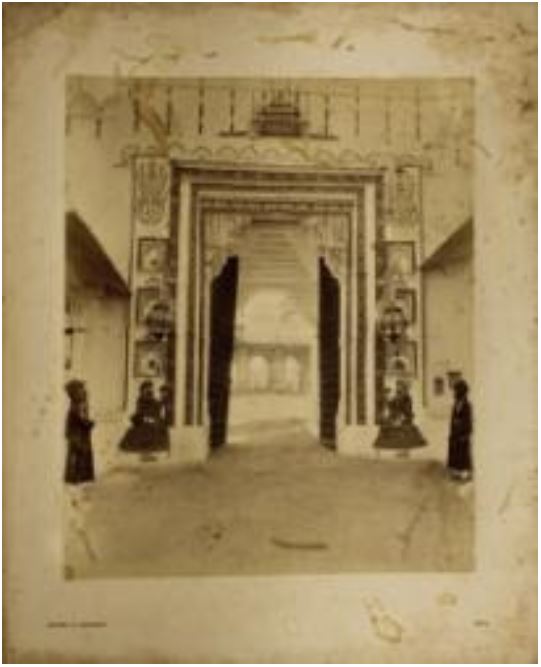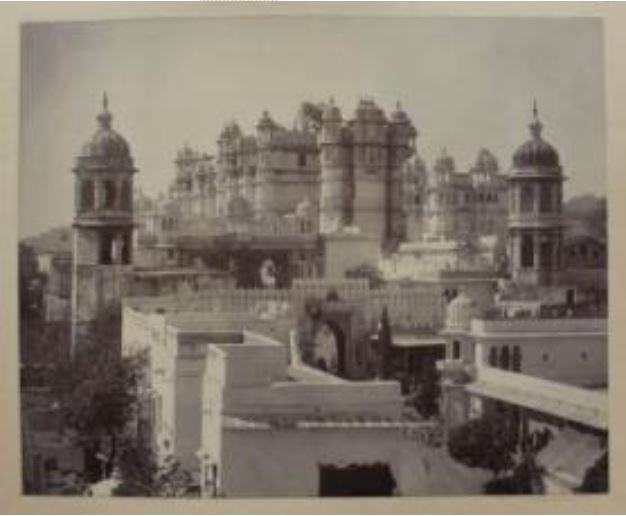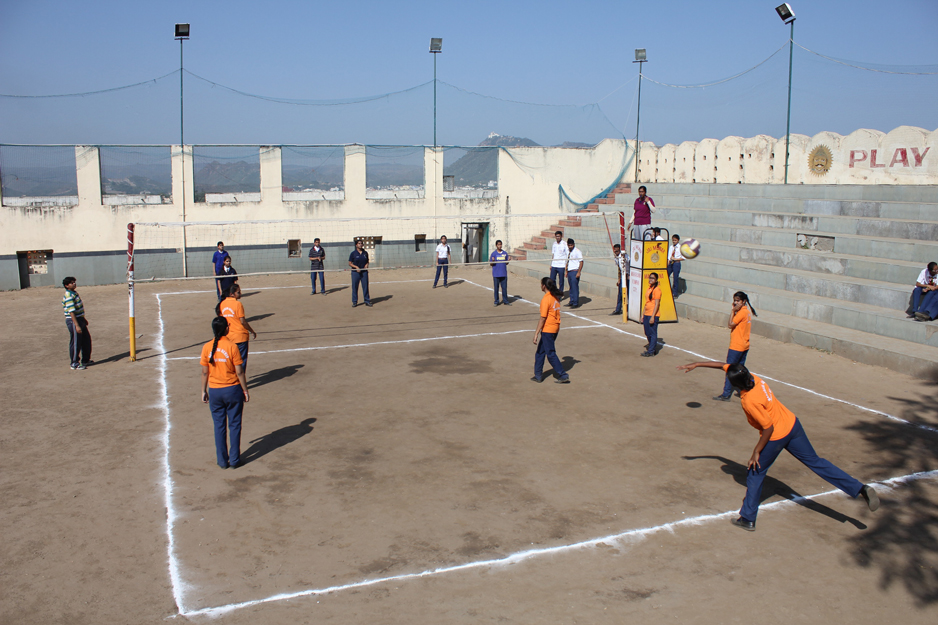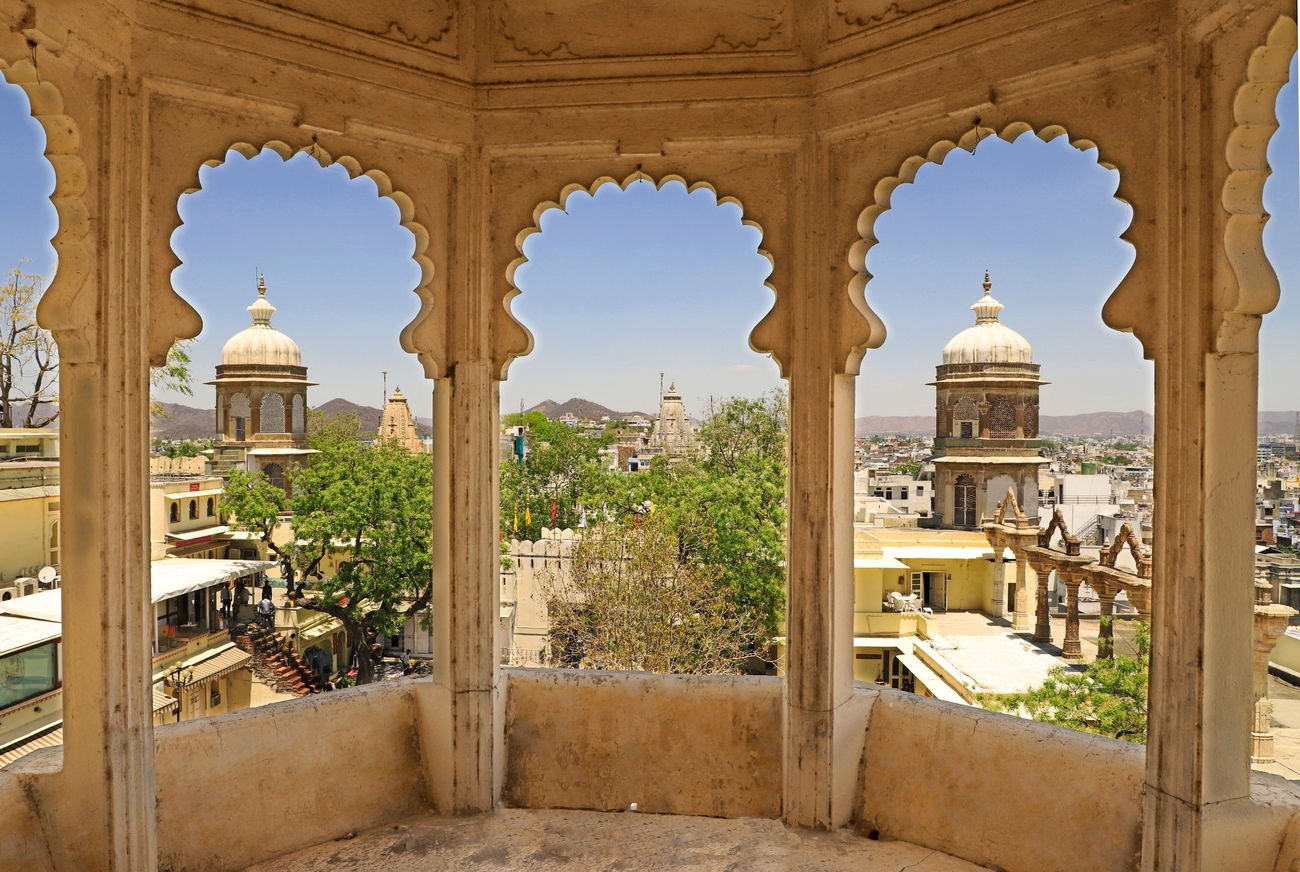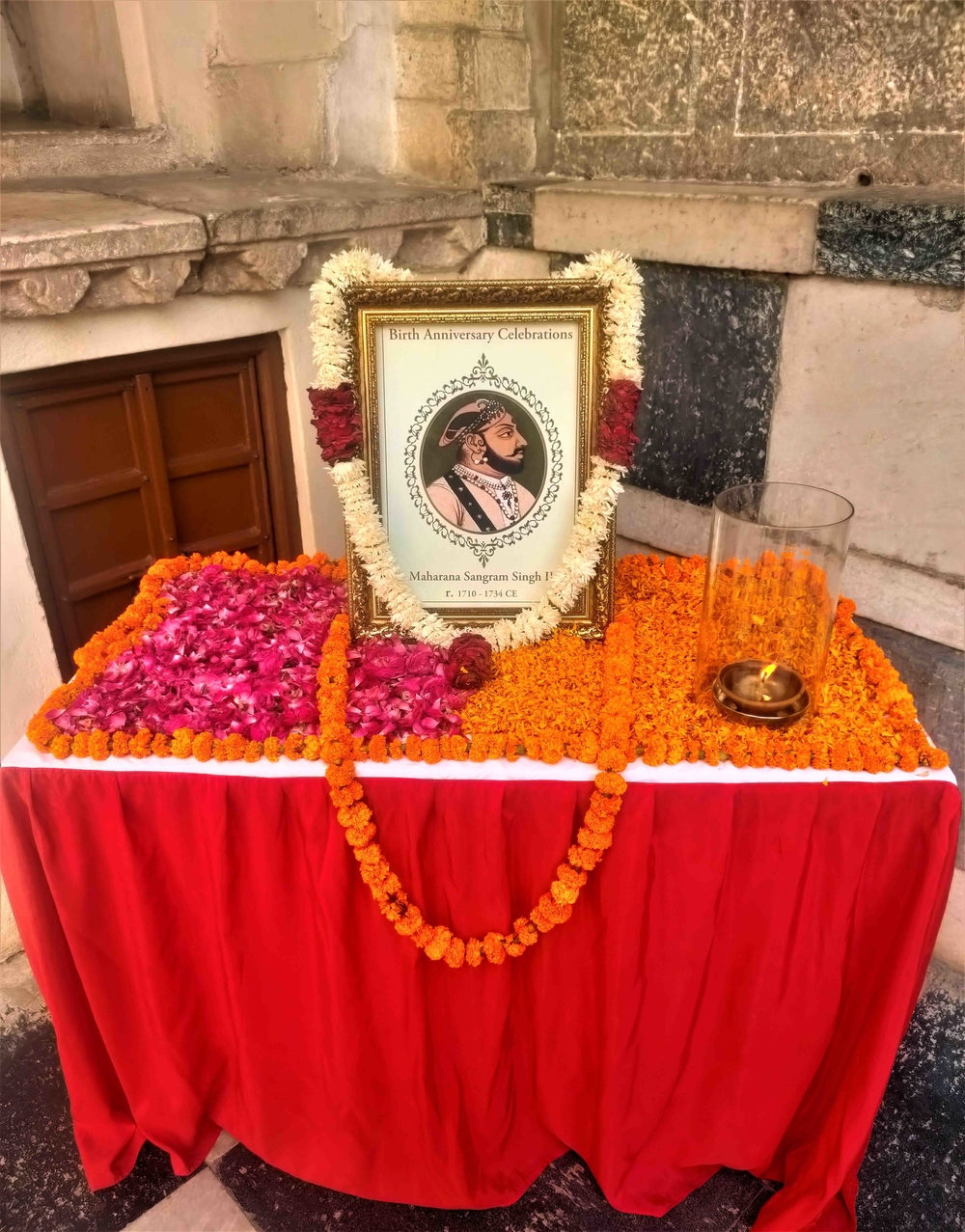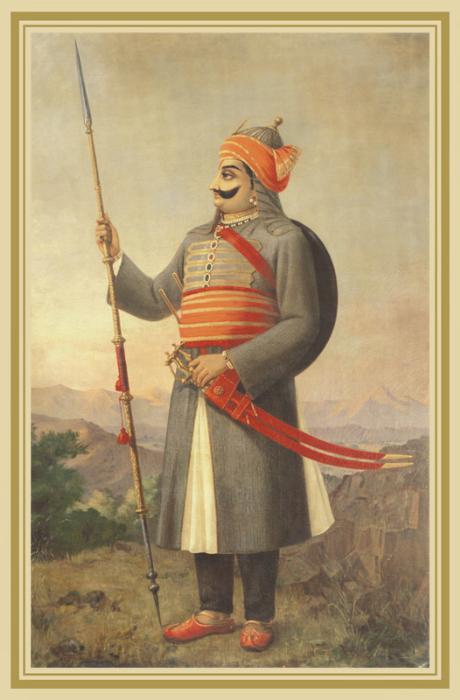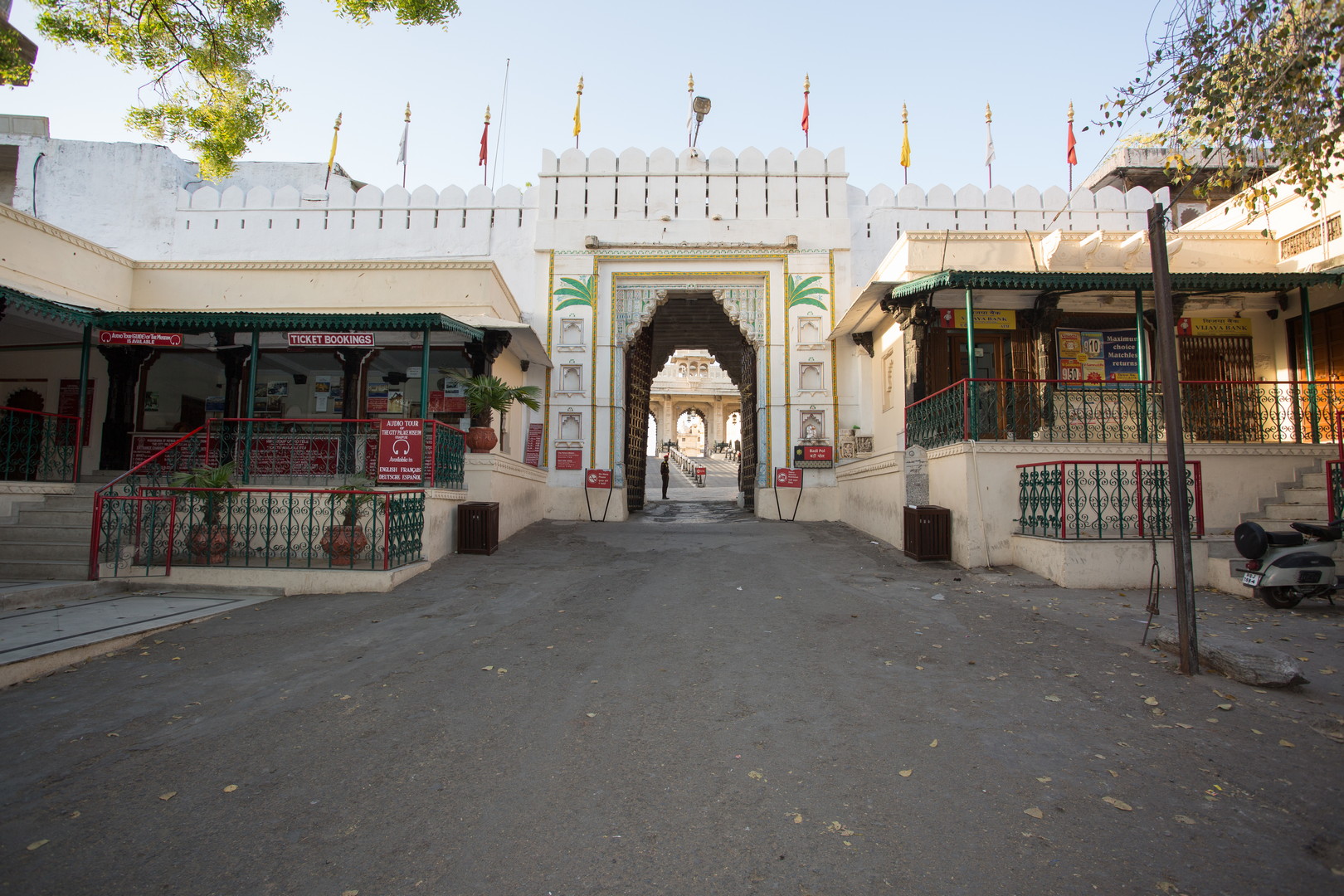
Lesser Known Facts and History of Badi Pol
Posted by Admin on Monday, April 6th, 2020
The Badi Pol literally means the big or main gate. It is the grand entrance gate and serves as the main northern entry to The City Palace.
According to the book titled ‘Veer Vinod’ authored by Mahamahopadhyaya Kaviraja Shyamaldas ji, it is written that after completing the construction Maharana Amar Singh I, r. 1597 – 1620 CE, Kanwar Karan Singh got this inscription engraved at Badi Pol on 21st November 1616 CE which says “If anyone sees this Palace with an evil eye, then his eyes will be blinded and he will suffer with stomach-ache.” The inscription is engraved in Arabic, which was written by Qazi Jamal Khan. The inscription over the years has been obliterated, but it is described in ‘Veer Vinod’.
Badi Pol journey begins from Jagdish Temple Chowk, on the north side of the Palace. The Jagdish Temple is dedicated to Shree Vishnu and it was built by Maharana Jagat Singh I, r. 1628 – 1652 CE, as he wanted his people to worship Shree Jagannath here itself in Udaipur, instead of travelling to Puri in Odisha, which was very difficult in those days.
The construction technique used in Badi Pol shows the use of corbelled arch with carved stone brackets, similar to the types used in entrances of earlier forts of Kumbhalgarh and Chittorgarh. This gate shows the continuity in style of architectural techniques from 14th century to early 17th century in Mewar.
There are two towering minarets with domes on both sides of this gate and one in the East called ‘Nakkarkhana Ki Chatri’. A drum used to be kept, which was beaten every time the Maharana’s procession went out or came into the Palace. In the west, is a tower called ‘Ghadiyal Ki Chatri’ in which there is a gong (that is still hanging), and was sounded every hour to tell the time to the city dwellers. This is before the advent of watches and clocks in every home. Both these chatris were restored in 2007 and 2009 respectively.
At the Museum Booking Counter, outside the Pol other than Museum tickets, there is The Audio Guide Service, with optional facilities available in English, French, Spanish and German languages, a Left Luggage Room Facility and a Post Office Counter. On the west side of the Badi Pol is the Bank of Baroda branch catering to the employees, locals and visitors alike.
When and by whom was Badi Pol made?
The Badi Pol was constructed by Maharana Amar Singh I (r. 1597 – 1620 CE) in the early 17th century. A small temple of Annapoorna Mata ji was also made by Maharana Amar Singh I and the shilalekh, inscription in foundation stone, in this temple, mentions that the laying of foundation of the Badi Pol was during the reign of Maharana Amar Singh I.
Why was Badi Pol constructed?
Outside the Badi Pol, antechamber of both sides were constructed by Maharana Swarup Singh (r. 1842 – 1861 CE) for security forces, now used as The Museum Booking Office and ticket counter. Inside Badi Pol there is a charitable dispensary. In the year 1945 CE Maharana Bhupal Singh established a dispensary to provide medical aid service to the locals of Udaipur city. The dispensary functions as an integral part of Maharana of Mewar Charitable Foundation.
Today, the 76th Custodian of the House of Mewar, Shriji Arvind Singh Mewar of Udaipur, is looking after the continuity of the traditions that were initiated by the previous Maharanas and keenly working into conserving and preserving the living heritage of centuries old City Palace of Udaipur.
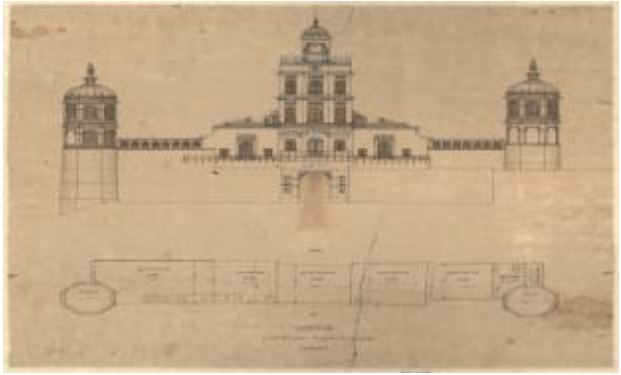
This is an archival map of the proposed additional construction and adornment plan for Badi Pol with a Clock Tower; it was prepared during reign of Maharana Swarup Singh (r. 1842-1861 CE.)

